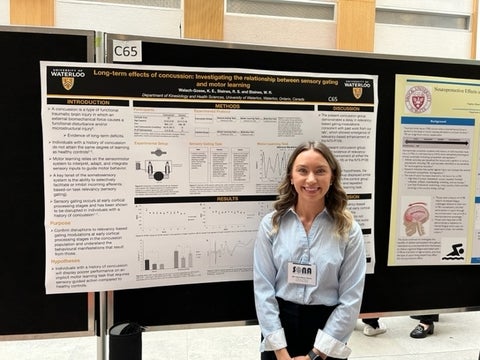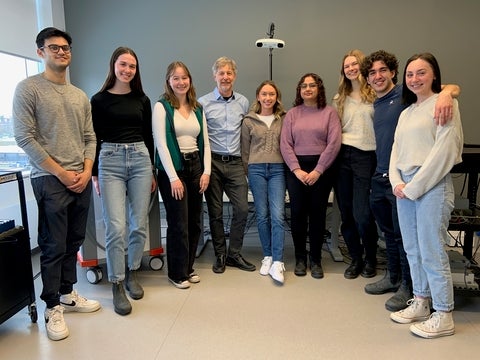Our ability to interact with our environmental surroundings and produce the coordinated responses to them is made possible through a process known as sensorimotor integration. In order to do this, we need to have an ongoing analysis of incoming sensory information which we can then use to produce the subsequent desired action.
Past research has been primarily focused on investigating the neural control of basic voluntary movements, however, in world settings, we receive sensory inputs from a multitude of information sources that could be visual, auditory, haptic or proprioceptive. Sensorimotor Integration and Neuroplasticity (SINAPs) Lab research examines the interactions of these sources and how our attention to such queues affects our ability to participate meaningfully in the world. Understanding these processes in healthy populations helps to inform our research interests in how such interactions and connections are affected following brain injury and during recovery.
It is our long term goal to use this knowledge to inform potential strategies which can enhance the brain's dynamic adaptations in a way that not only allows people to live optimally but to also lessen disability and strengthen rehabilitation following brain injury.
News
SONA 2023

Kayla Walach-Gosse at SONA 2023

